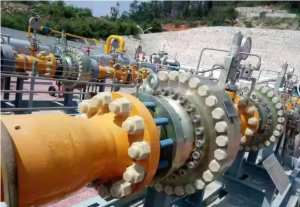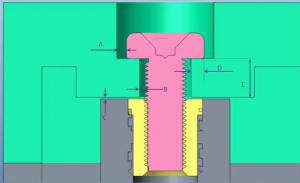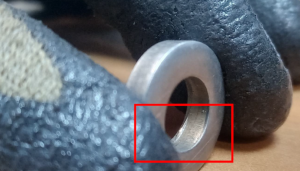
The late Joe Greenslade, an icon in the fastener industry, once wrote: “The technology of mechanical fasteners is much more complex and varied than most people understand until they embark on a career where they either supply or specify the use of mechanical fasteners.”
Those with a career in the industry can most certainly attest to the accuracy of this statement. Those who are in the process of training or upgrading their skills can also likely relate to the importance of learning about the different fastener types, materials, tools, and assembly methods available.
After all, these components are responsible for holding or joining applications together. It’s extremely important to specify and choose fasteners wisely and install them correctly.
Greenslade taught mechanical fastener technology for 45 years, publishing more than 300 informational articles. He also served eight years as the director of Engineering & Technology at the Industrial Fasteners Institute, a trade organization for North American mechanical fastener manufacturers.
In 2015, Greenslade compiled a list of his most frequently asked questions with answers that cover the specifying, inspecting, and installing of mechanical fasteners — and more.
Here are a few of his answers that are mostly related to structural bolts, materials, and related standards.
What are the four most commonly used structural bolt material standards and what material strength levels are they associated with?
The most commonly used structural bolt material standards are ASTM A325 and F1852, which are 120 ksi tensile strength, and A490 and F2280, which are 150 ksi tensile strength. These grades are covered in the ASTM F3125.
What is the difference between Type 1 and Type 3 structural bolts?
Type 1 structural fasteners are made from carbon or carbon-alloy steels and require coating and/or painting to avoid rusting. Type 3 structural fasteners are made from “weathering steel” that oxidizes to a point and stops, eliminating the need to coat or paint to avoid further rusting.
What is the dimensional standard covering inch structural bolts?
ASME B18.2.6 is the dimensional standard that covers inch structural bolts.
What are the two styles of structural bolts, and which is the most popular?
The two styles of structural bolts are Heavy Hex and Tension Control (TC). TC is the most popular structural bolt because of faster assembly and visual inspection.
What is the applicable washer standard for structural bolting?
ASTM F436 is the applicable washer standard for structural bolting.
What should be the relationship of an assembled bolt end be to the top surface of a nut in structural bolting?
An assembled bolt end should be at least flush to the top surface of a nut in structural bolting.
The rotational capacity (ROCAP) test: how is it performed and what is its primary purpose?
A “ROCAP” test is performed using exact bolts, nuts, and washers tightened in a Skidmore (hydraulic) tester, tightening the nut to 10% of the target bolt tension. Then, rotate the nut the number of degrees designated in the ASTM F3125 standard. The bolts must not break and once the nut is broken loose, the nut must unscrew by hand.
The primary purpose of a ROCAP test is to determine if adequate nut lubrication is present to enable proper fastener tightening without failure. According to ASTM F3125 (Table 3, Note A), the ROCAP testing of galvanized assemblies is mandatory. Testing may be required by the purchaser by specifying “Supplementary Requirement S.4” at the time of inquiry and order for plain or assemblies having other coatings.
The test must be conducted using the exact lots of bolts, nuts, and washers, if any, that will be used on a job site.
Why should all of the exact fastening components be shipped to the job site by the same supplier?
According to the RCSC standard, when performing a ROCAP test, all of the fastening components should be shipped to the job site by the same supplier to assure the exact mating parts will work on the job site.
What is a pre-installation test and why is it required?
A “pre-installation test” is a test performed on a job site using the exact components and assembly technique specified for the structure.
The pre-installation test is required to demonstrate that the bolts, nuts, and washers on the job site will assemble properly when constructing the structure prior to actual assembly starting. It must be performed and documented by the assembly crew doing the installation.
What is the specification that governs structural steel assembly?
Research Council on Structural Connections (RCSC) is the specification that governs structural steel assembly
What are the three things that can be tried to stop the galling of stainless bolt and nut threads?
Three things that can be tried to stop the galling of stainless bolts and nuts are using a different grade of stainless for the mating components, slow down the installation RPMs, and lubricate the bolt and/or nut with thread lubricant.
(Article originated from Fastener Training Institute)
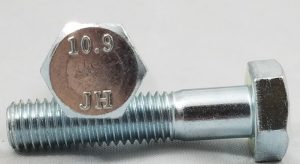



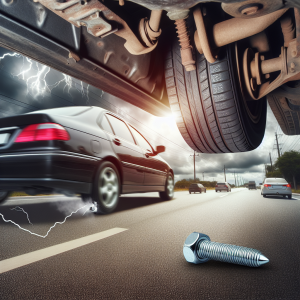 Why do fasteners often loosen and corrode in engineering projects? Let’s explore the reasons.
Why do fasteners often loosen and corrode in engineering projects? Let’s explore the reasons.
 Why are special treatments necessary for fasteners in high-temperature environments? Let’s explore the intriguing reasons behind this requirement.
Why are special treatments necessary for fasteners in high-temperature environments? Let’s explore the intriguing reasons behind this requirement.
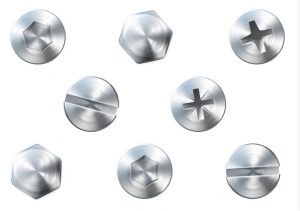

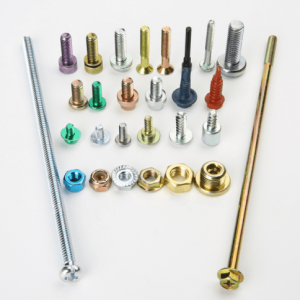
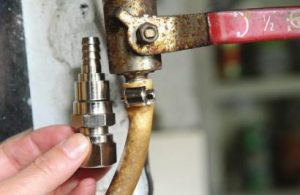
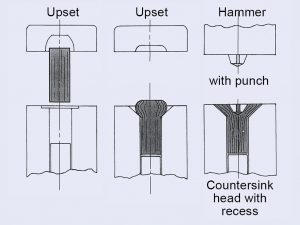
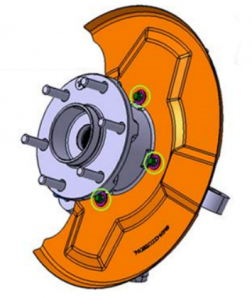

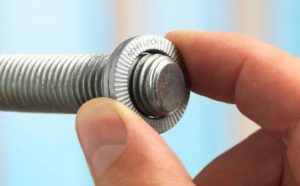
 In the fascinating world of fasteners, have you ever stopped to wonder why some bolts and screws seem to sing a squeaky tune? As a seasoned professional in the industry, let’s embark on a journey to demystify this unique phenomenon.
In the fascinating world of fasteners, have you ever stopped to wonder why some bolts and screws seem to sing a squeaky tune? As a seasoned professional in the industry, let’s embark on a journey to demystify this unique phenomenon.
 In the ever-evolving landscape of engineering, where extremes are constants, understanding the nuances of fastener performance becomes imperative. Drawing upon a decade of expertise in the fastener industry, let’s explore the intricacies of how fasteners respond to the challenges posed by high and low-temperature environments.
In the ever-evolving landscape of engineering, where extremes are constants, understanding the nuances of fastener performance becomes imperative. Drawing upon a decade of expertise in the fastener industry, let’s explore the intricacies of how fasteners respond to the challenges posed by high and low-temperature environments.